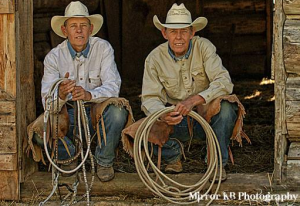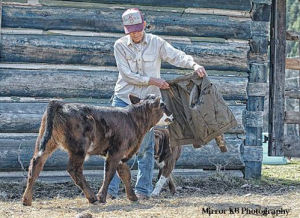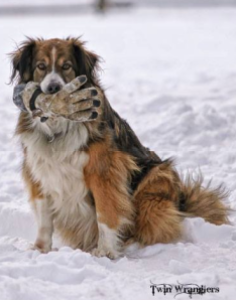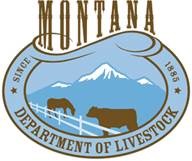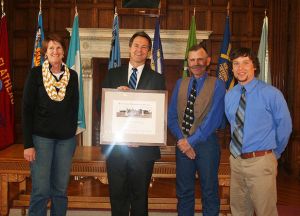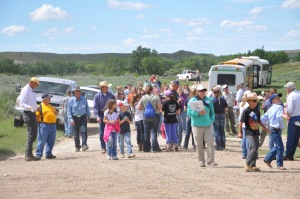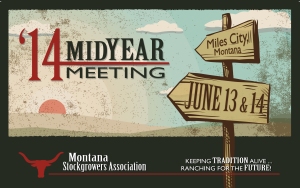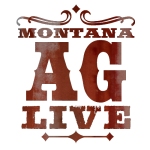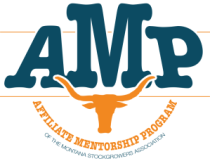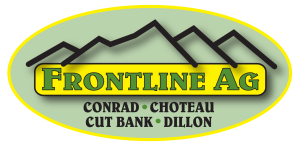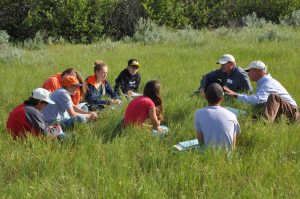Judith Basin Range School | May 22 in Stanford
A Range School Unlike Any Other… Creating Choice and the Ability to Choose
May 22nd , 2014 | Harley & Gordon Hughes, Hughes Livestock Co. | South of Stanford
A time to learn, think about opportunities, and understand the options.
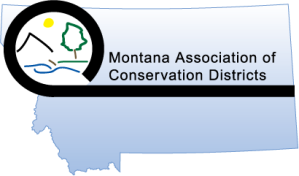 Join us for a daylong, hands-on, and interactive seminar with Greg Simonds and Jeff Goebel. For 30 years Mr. Simonds has managed, owned and consulted ranches whose mission was earn a profit while improving the natural resources.
Join us for a daylong, hands-on, and interactive seminar with Greg Simonds and Jeff Goebel. For 30 years Mr. Simonds has managed, owned and consulted ranches whose mission was earn a profit while improving the natural resources.
Many of us have heard speakers give presentations on rotational grazing, intensive grazing, range monitoring, and improving the land. These principles are not new, and many of our ranches have been practicing these for generations. Have you ever attended a talk and thought “I’d like to try that” or “that just might improve my place”, but then go home only to attend to daily tasks and never implement the change?
Most of us definitely don’t lack the knowledge to change, so why don’t we make the changes? What is holding us back? We are all tied to the land we work, mentally, emotionally and financially.
There is so much risk involved when implementing a change, especially in today’s market of production and price risk. Mr. Simonds has experienced and overcome many of these challenges during his 30 years of managing ranches. Join us as we hash out how to create choices and the ability to choose at the 2014 Range School.
Event Details
- 9:00 a.m. -Registration
- 9:15-12:30 Rotating Pastures, Changing Minds
- 12-30-1:30 –Lunch Sponsored by: Basin State Bank
- 1:30-3:00 –Stepping Out of the Box, But not into ****!
- 3:00 – 5:00- Pasture Walk
- 5:30- Steak Dinner Sponsored by: Judith Basin Conservation District
Topics of Discussion will include:
- How do you make changes? trouble?
- How do you direct future operations of the ranch based on things you values?
- How do you get out of day to day tasks to see the bigger picture?
- How do you create a grazing plan when resources are limited and country is tough?
- How do you match cattle to the environment?
Meet Jeff Goebel
With over thirty years of national and international successes in consensus building, conflict resolution, and visioning for sustainable solutions, Jeff is a leading expert in helping individuals and communities attain their goals and remove the obstacles that lie in their way. Jeff’s career has focused on catalyzing positive change with nonprofits, tribal governments, government agencies, multi‐national corporations, communities, and small family ranchers.
Registration Form
Please Register by May 10th including $10.00 fee. Registration includes: Lunch, Snacks, Drinks and Steak Dinner. Please Name, Address and Telephone to: Judith Basin Conservation District, 121 Central Avenue, Stanford MT 59479 For more information contact the Extension Office at 406-566-2277
USDA & MSU are an equal opportunity provider and employer. NRCS provides reasonable accommodations for all persons with disabilities to participate in NRCS programs and activities. If you require special accommodations, please contact Teresa at 406-566-2311 ext. 107 by May 20, 2014.




